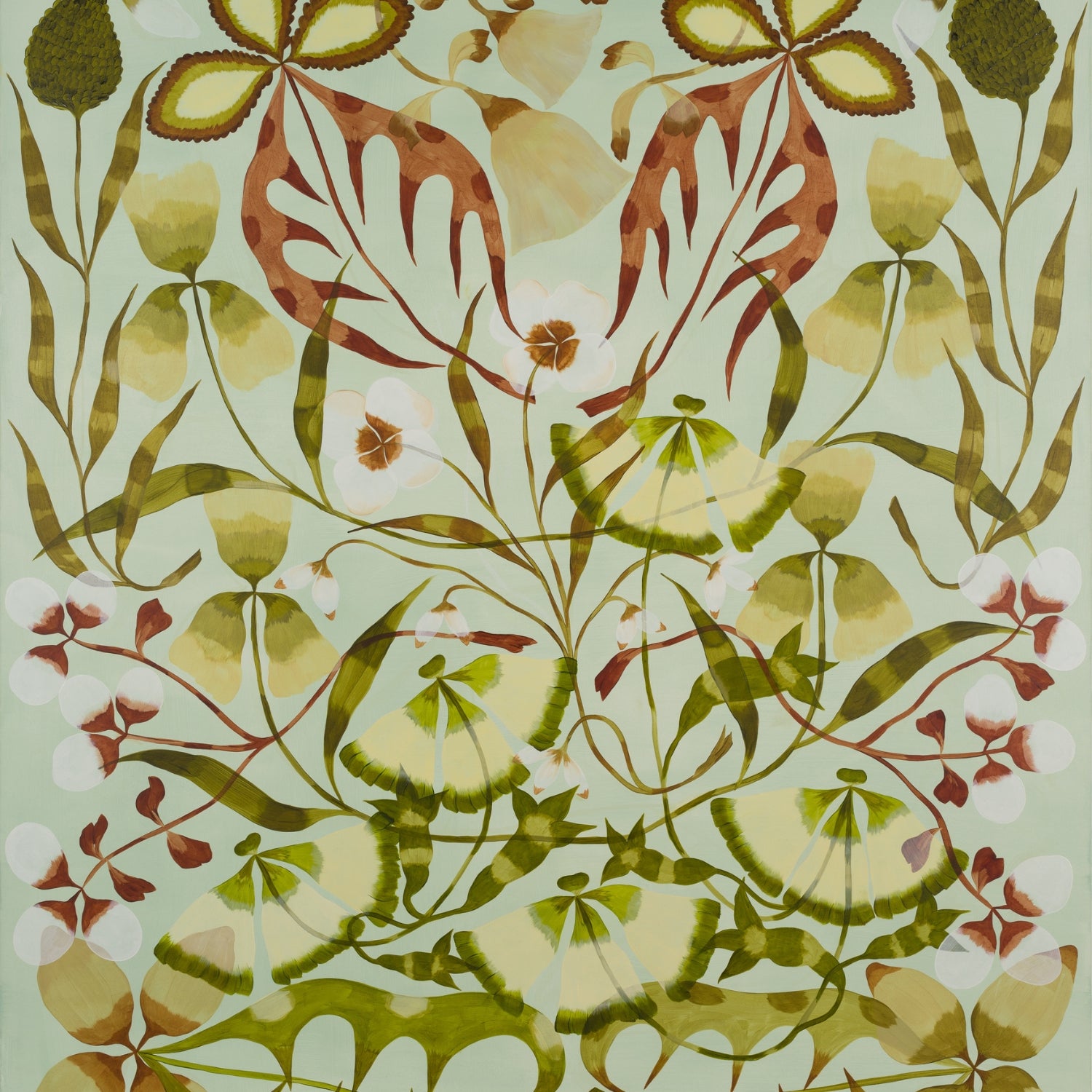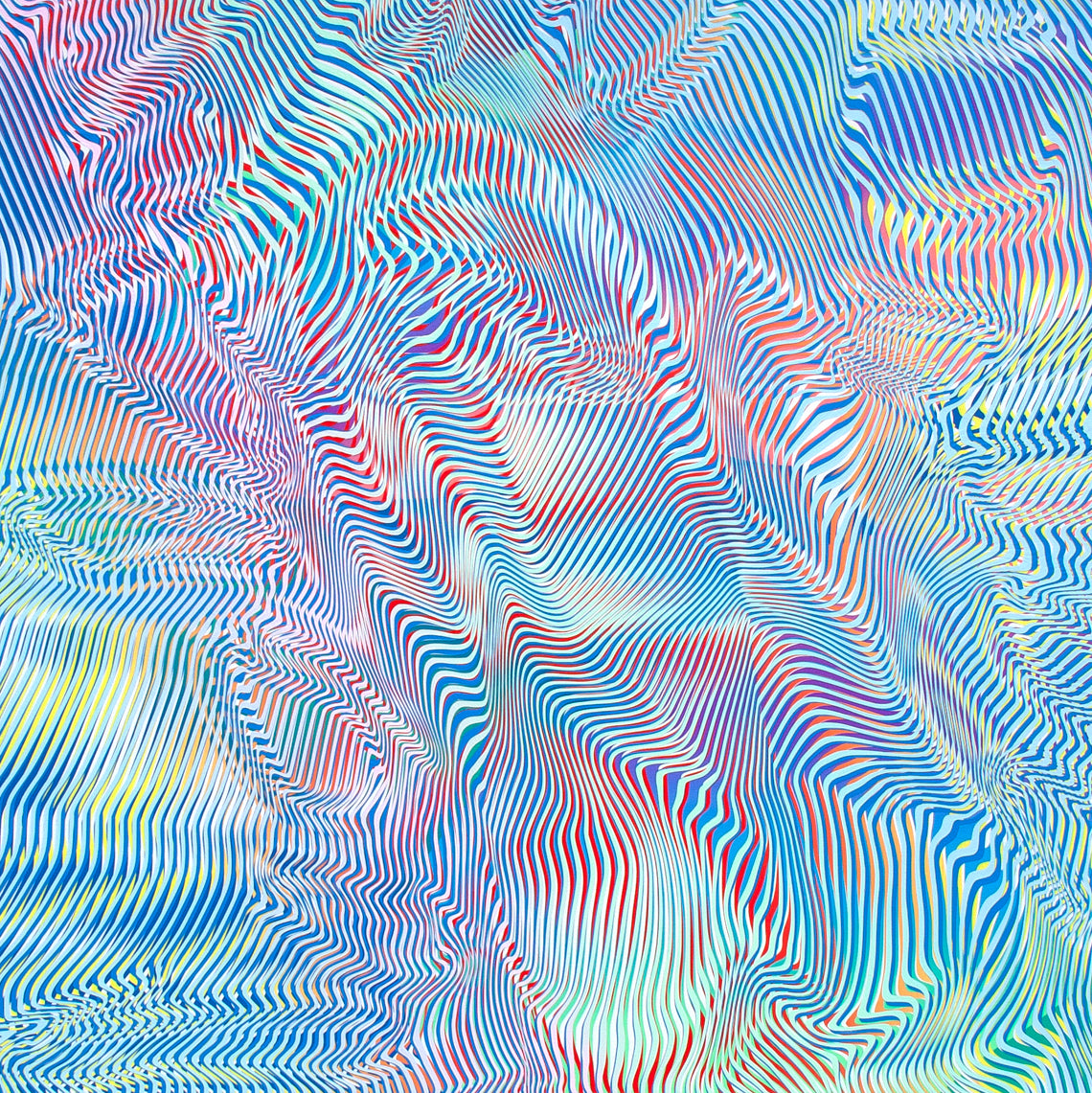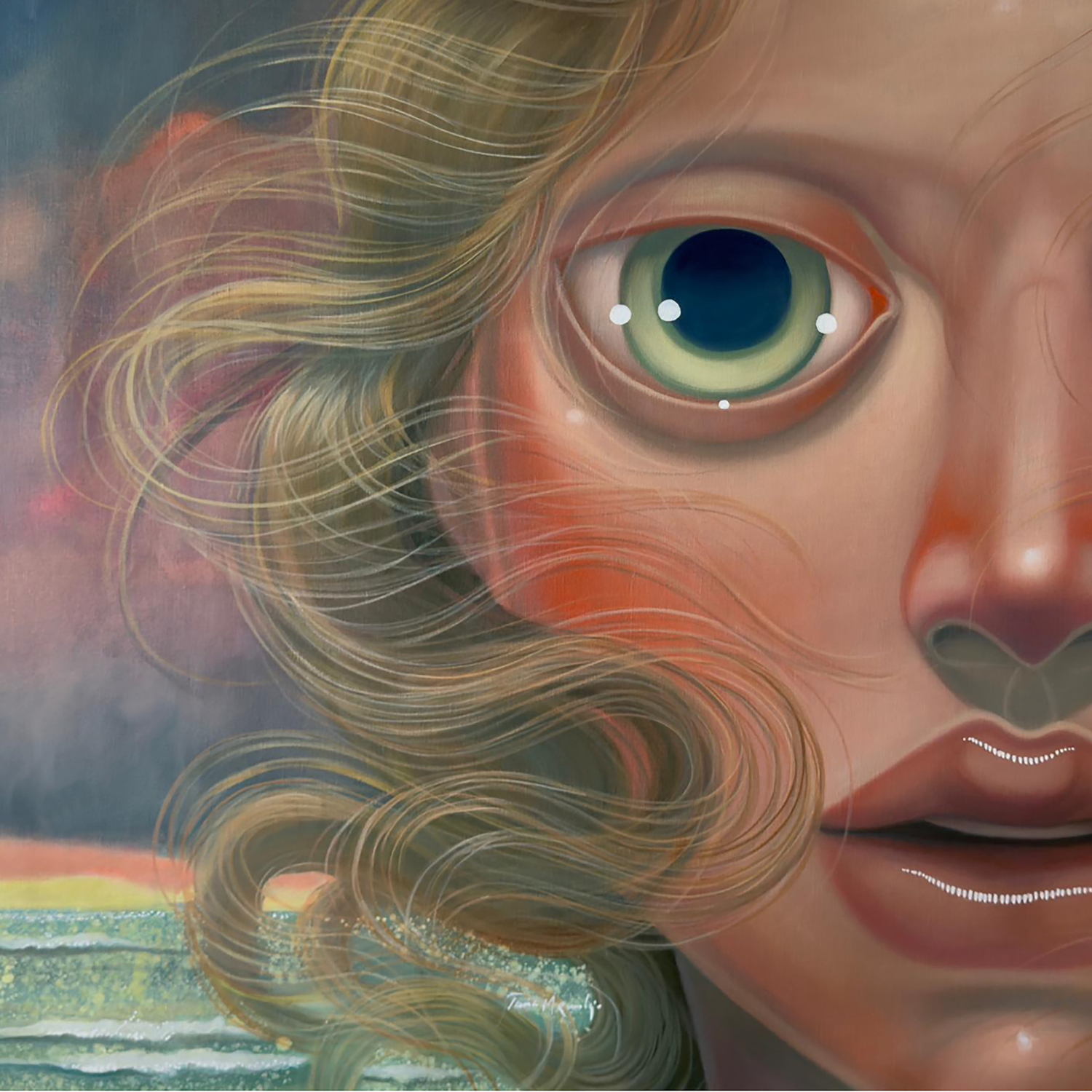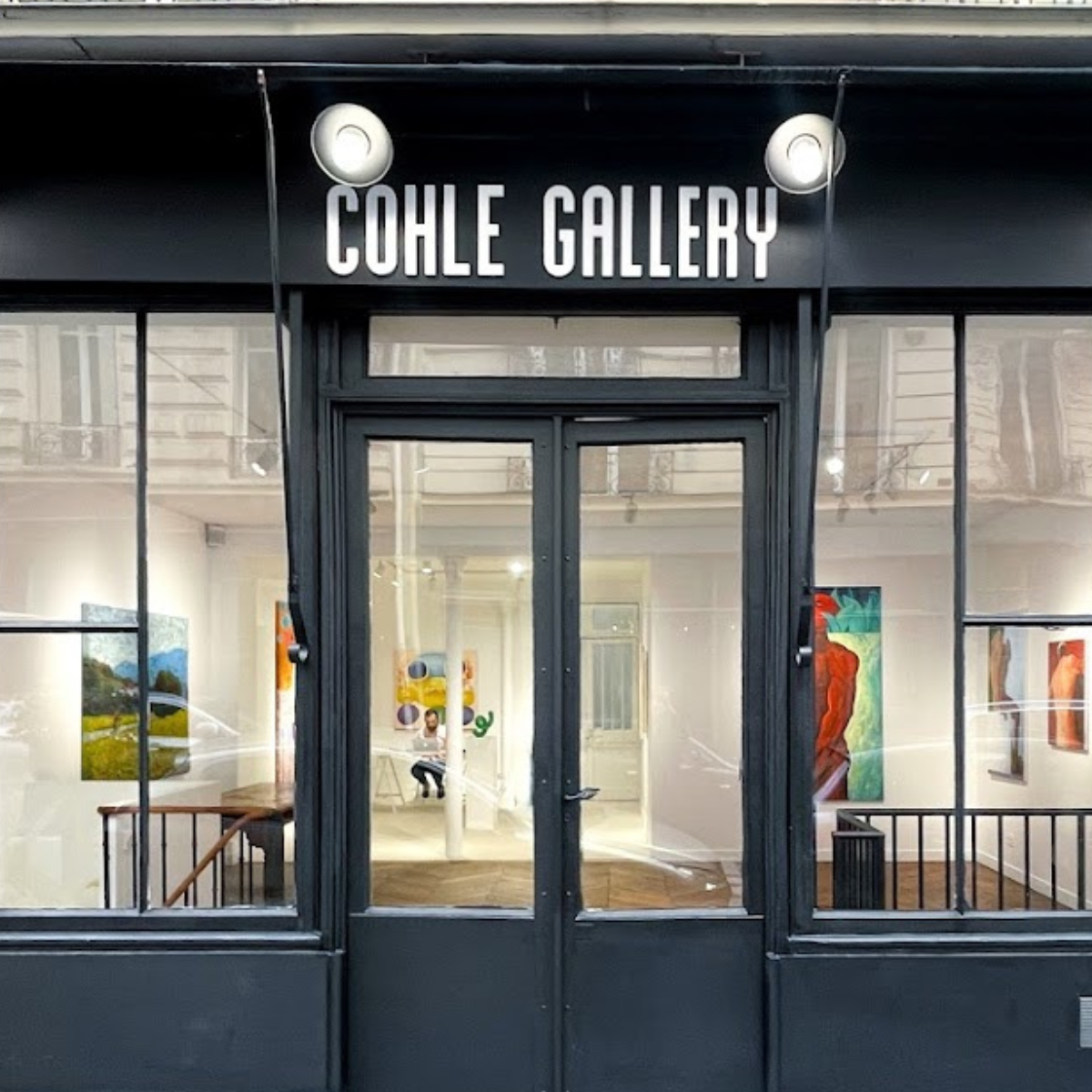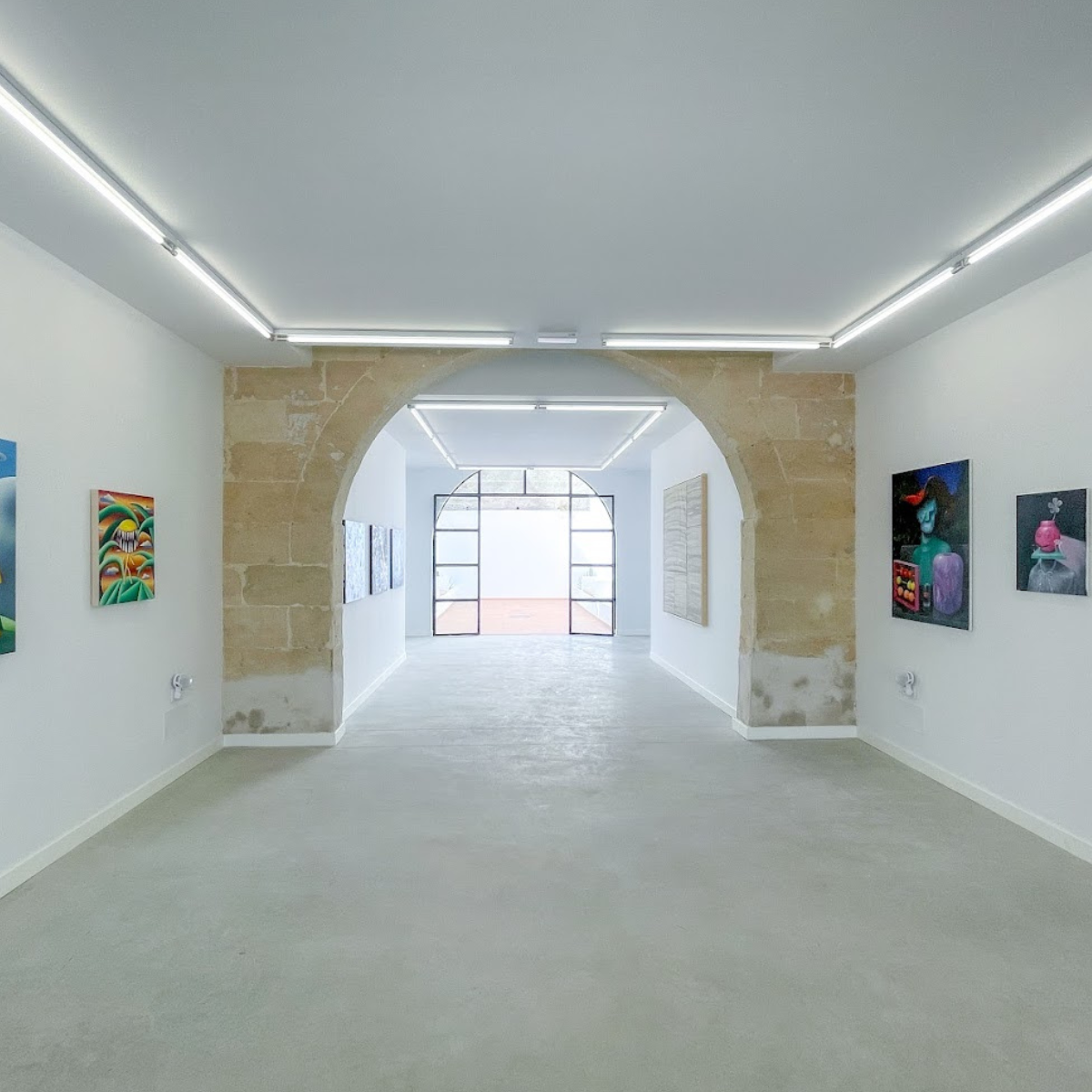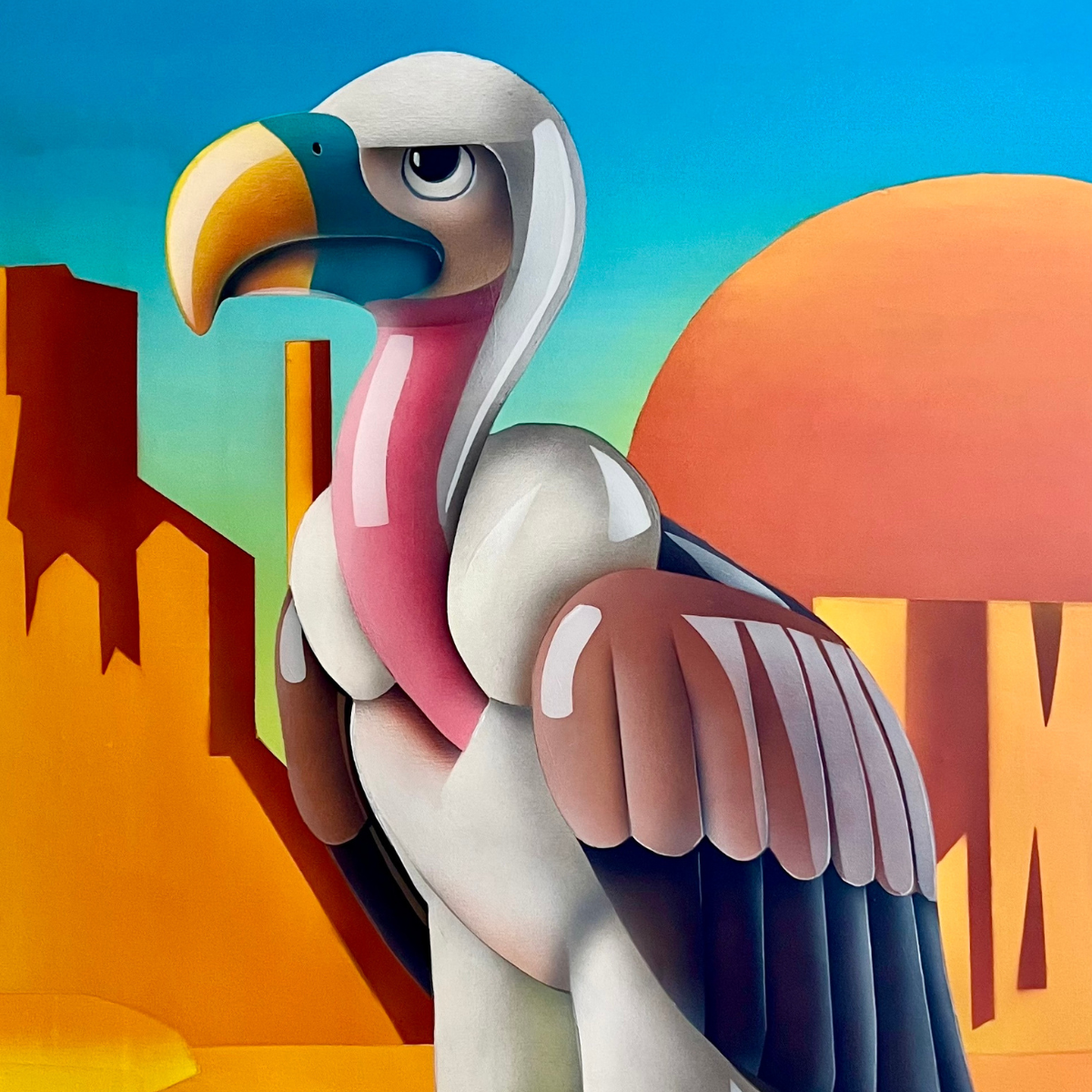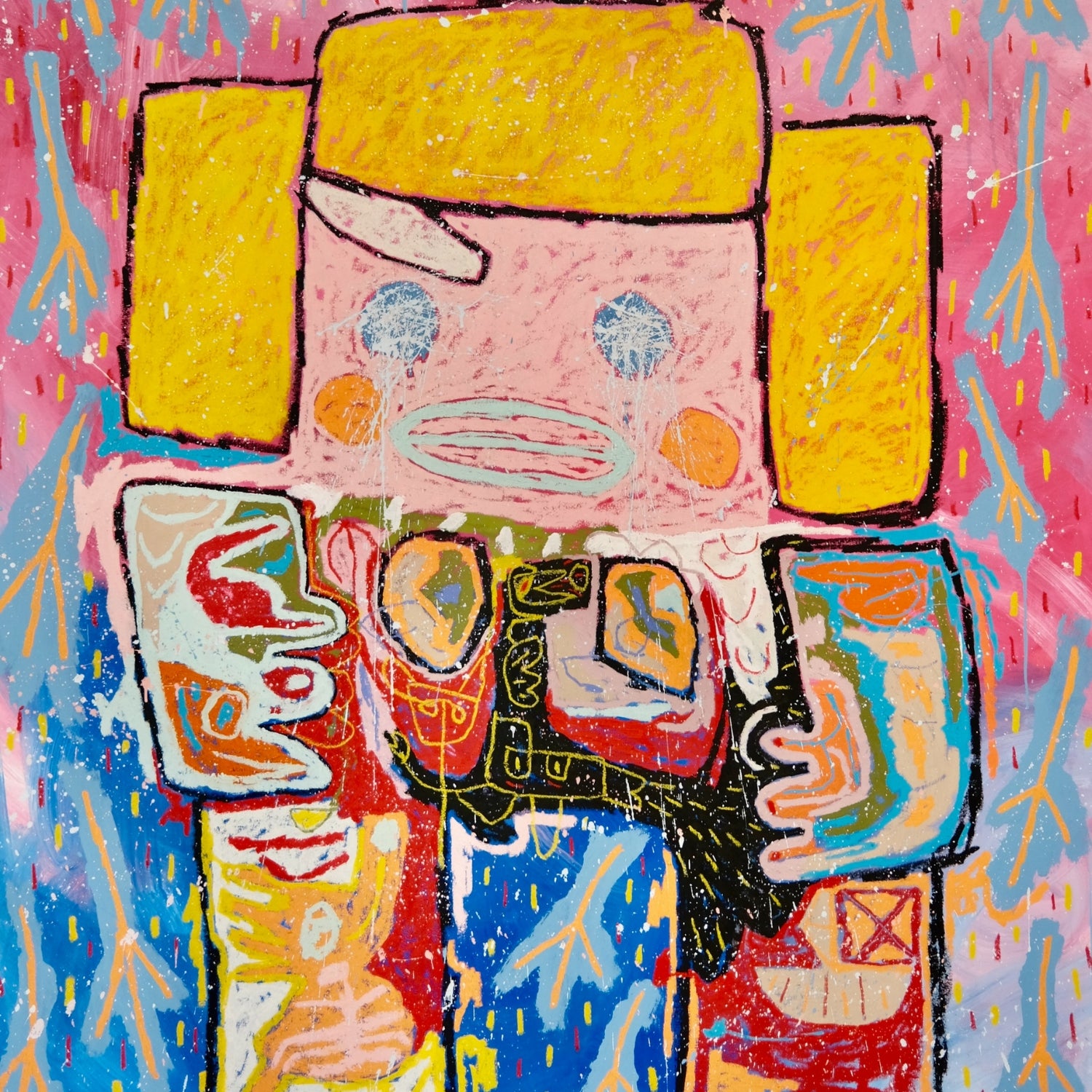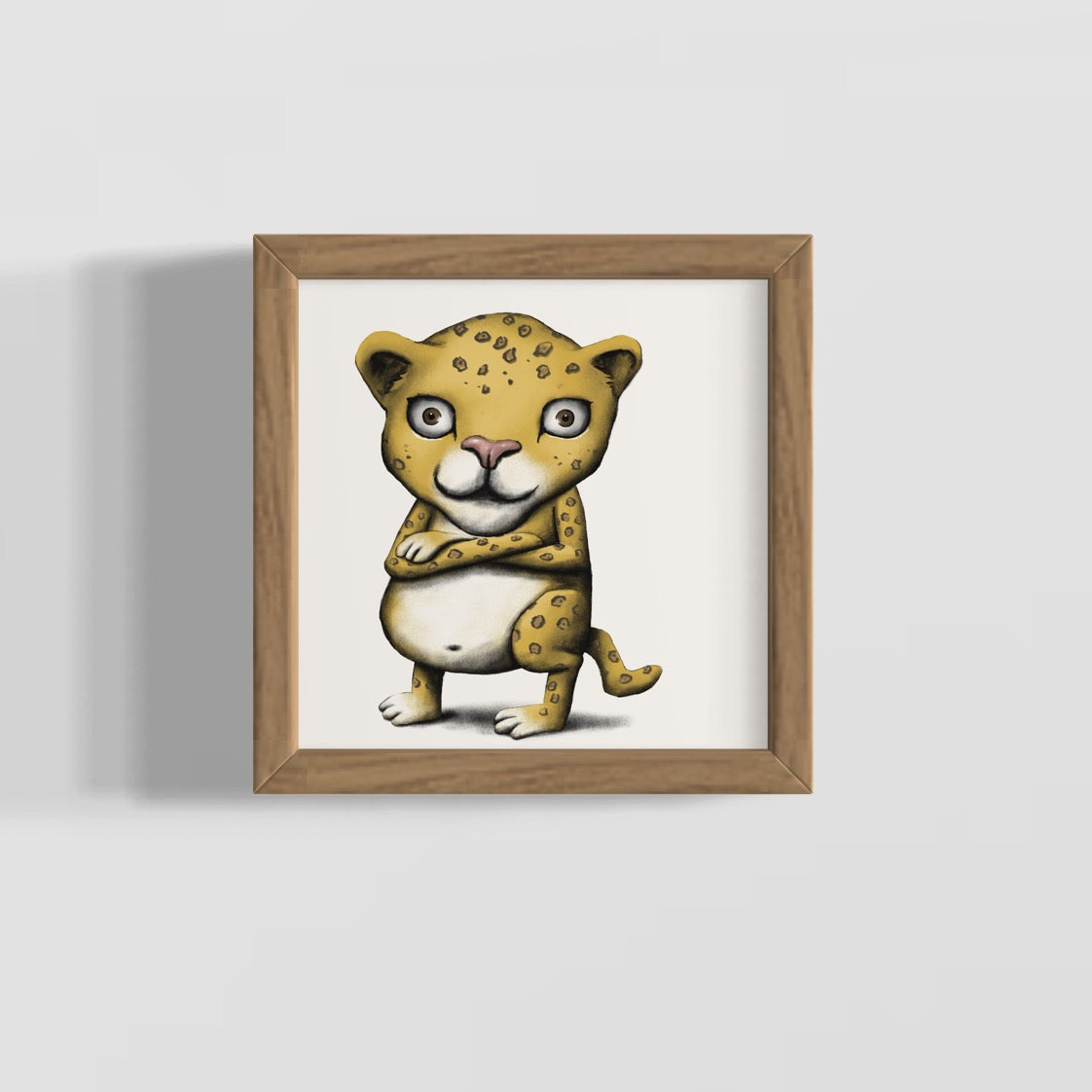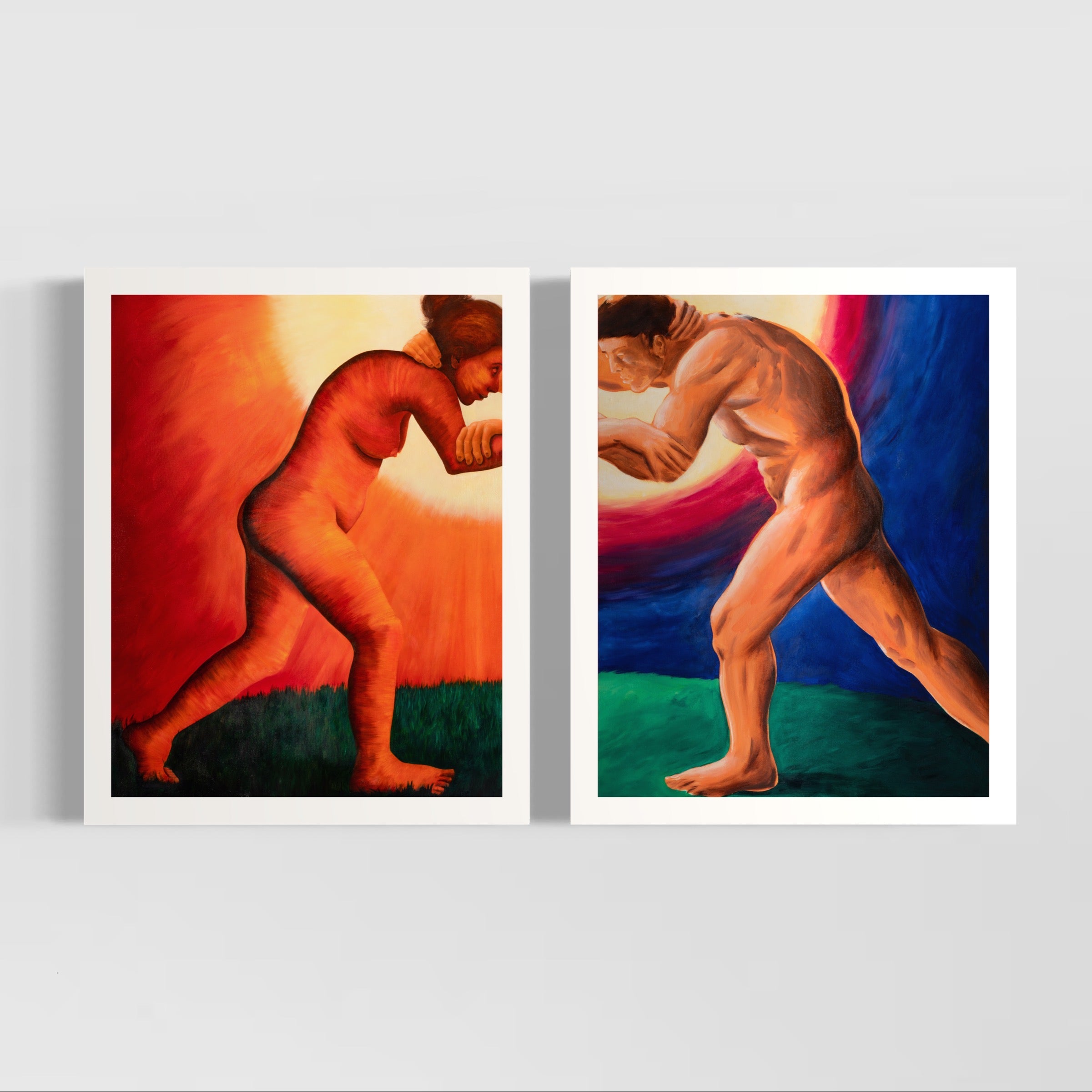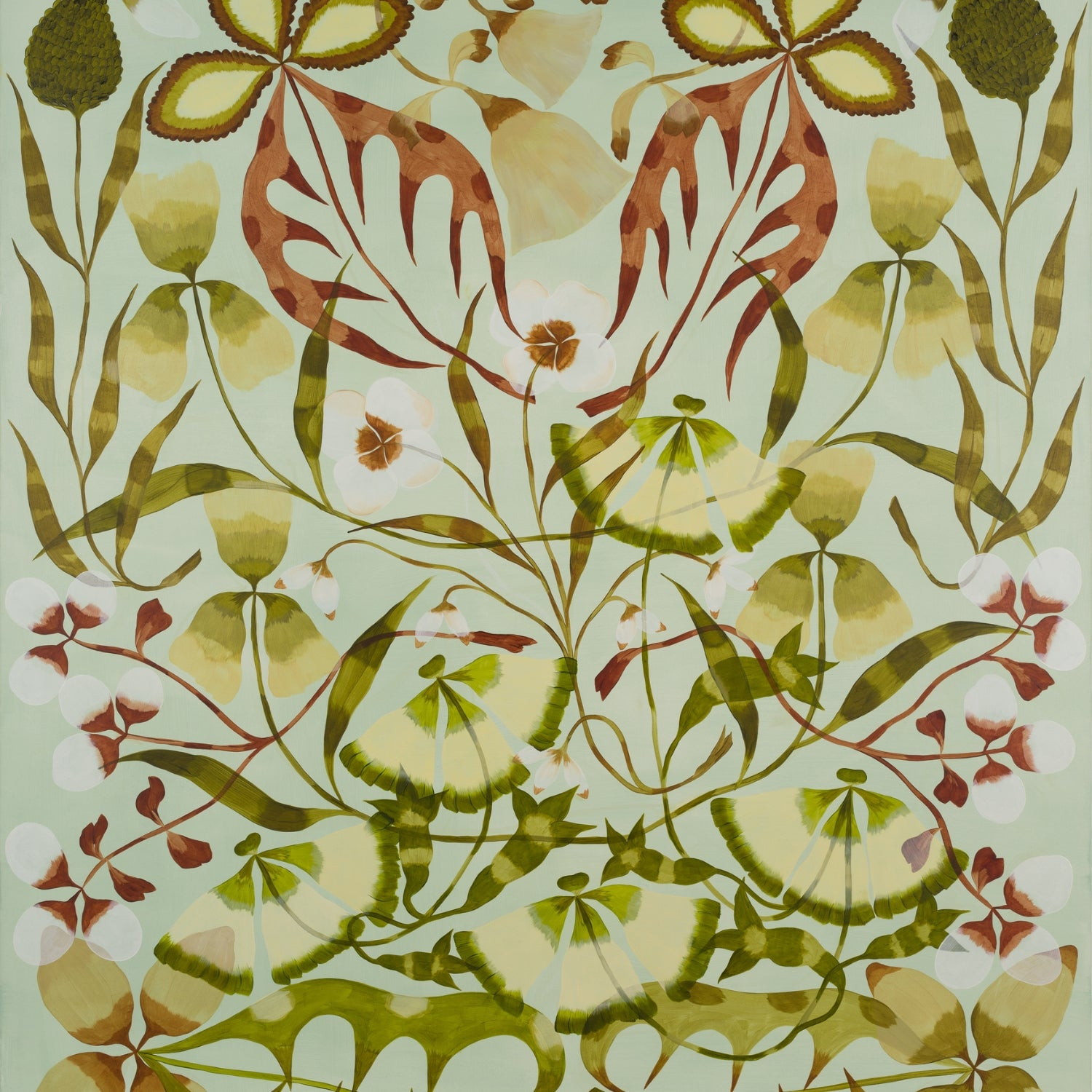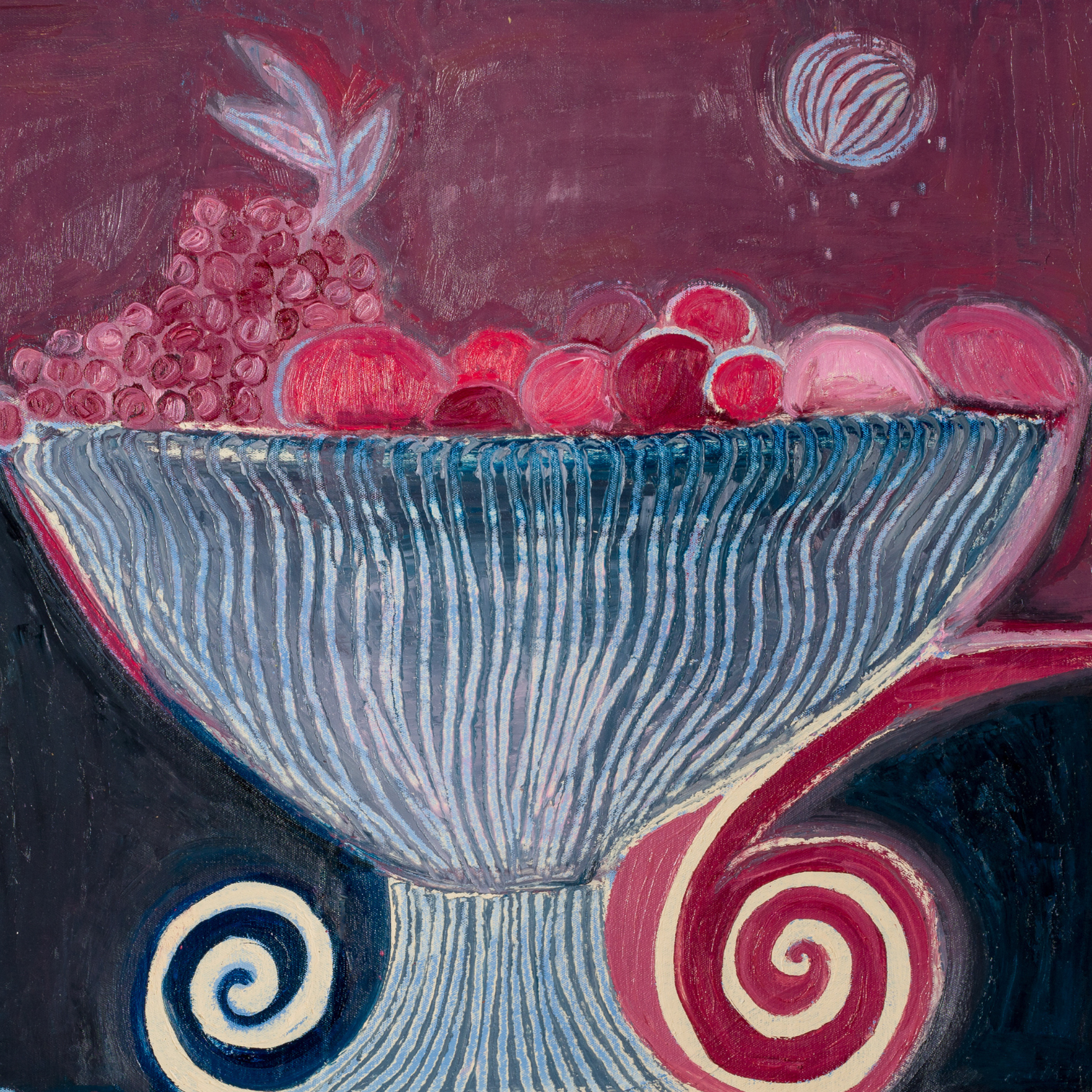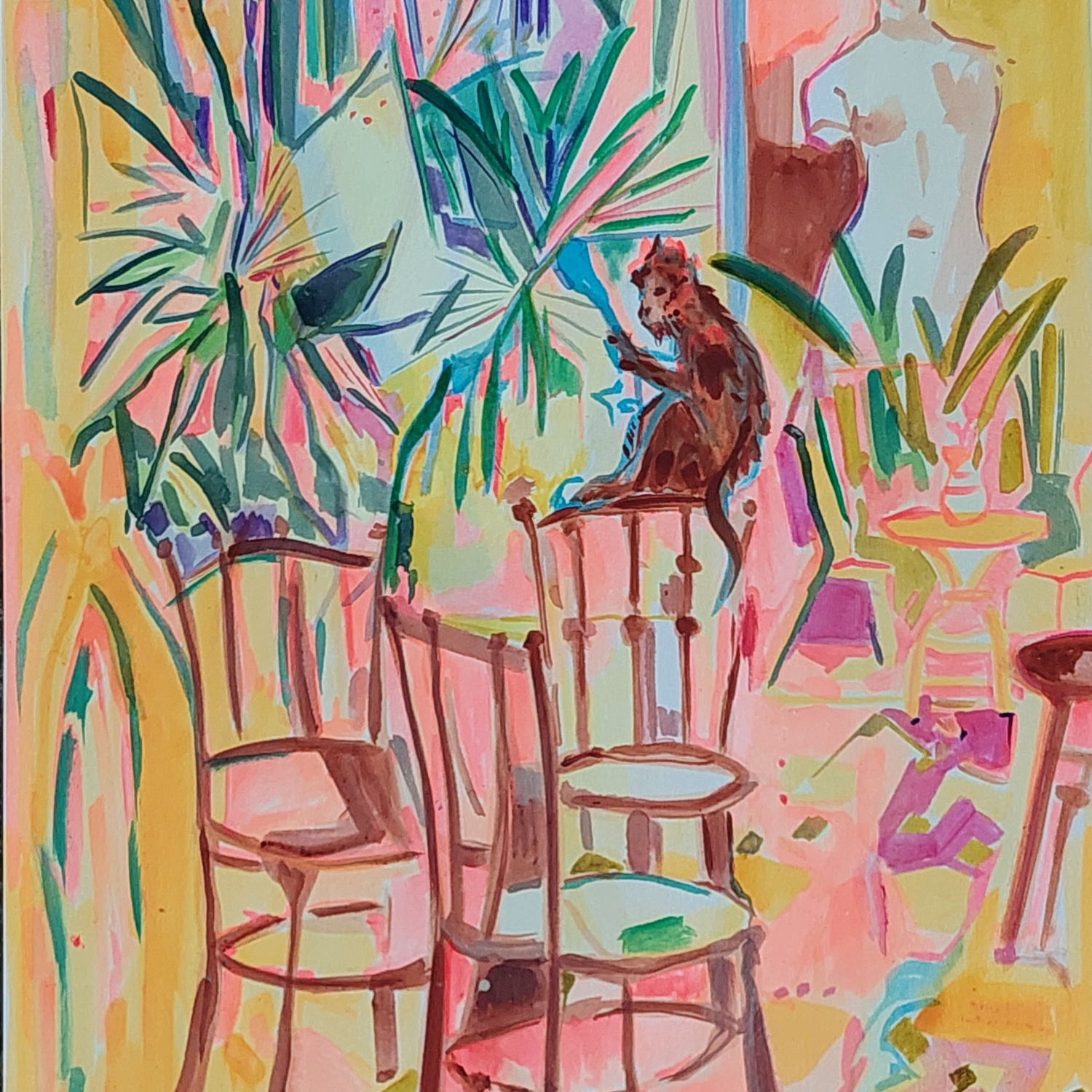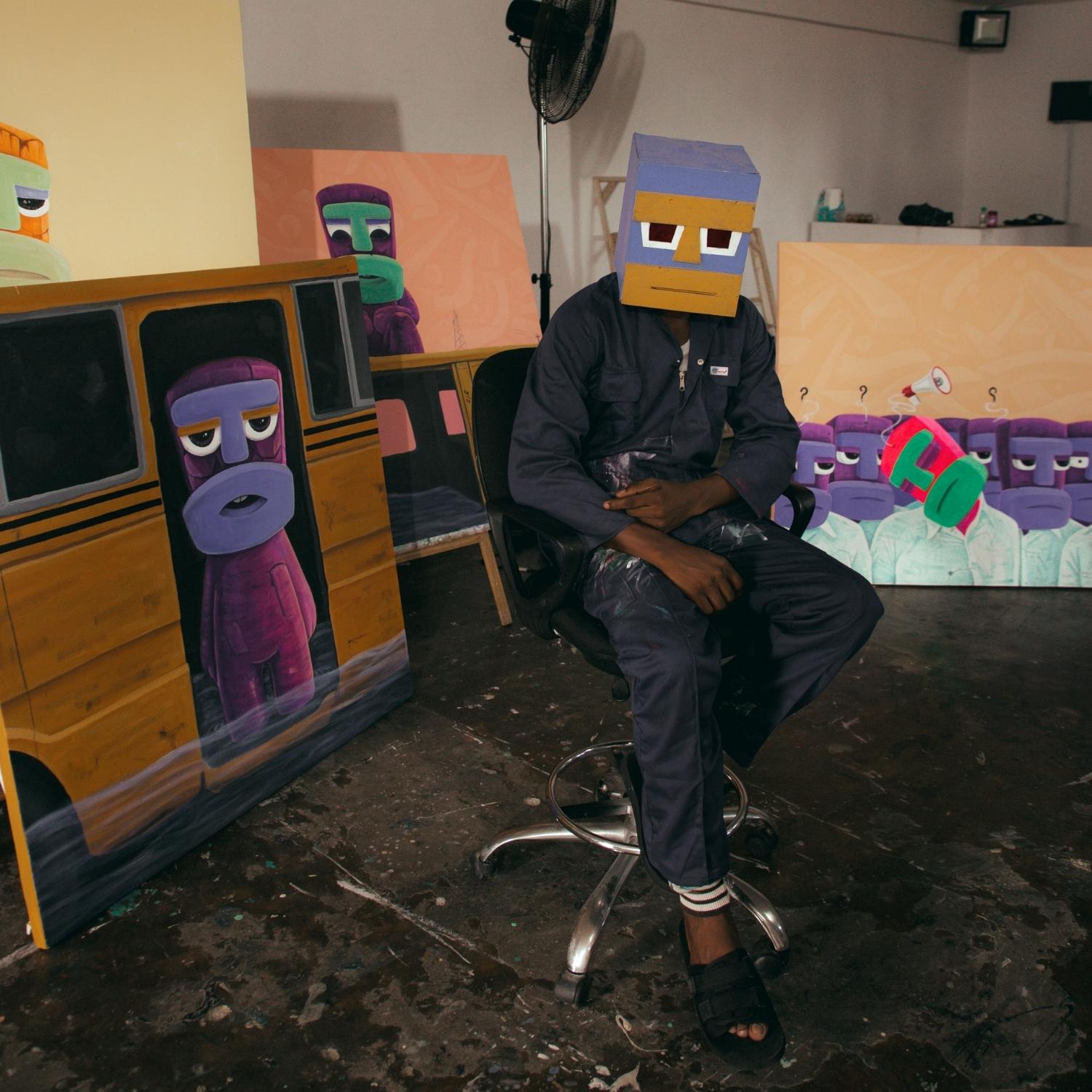
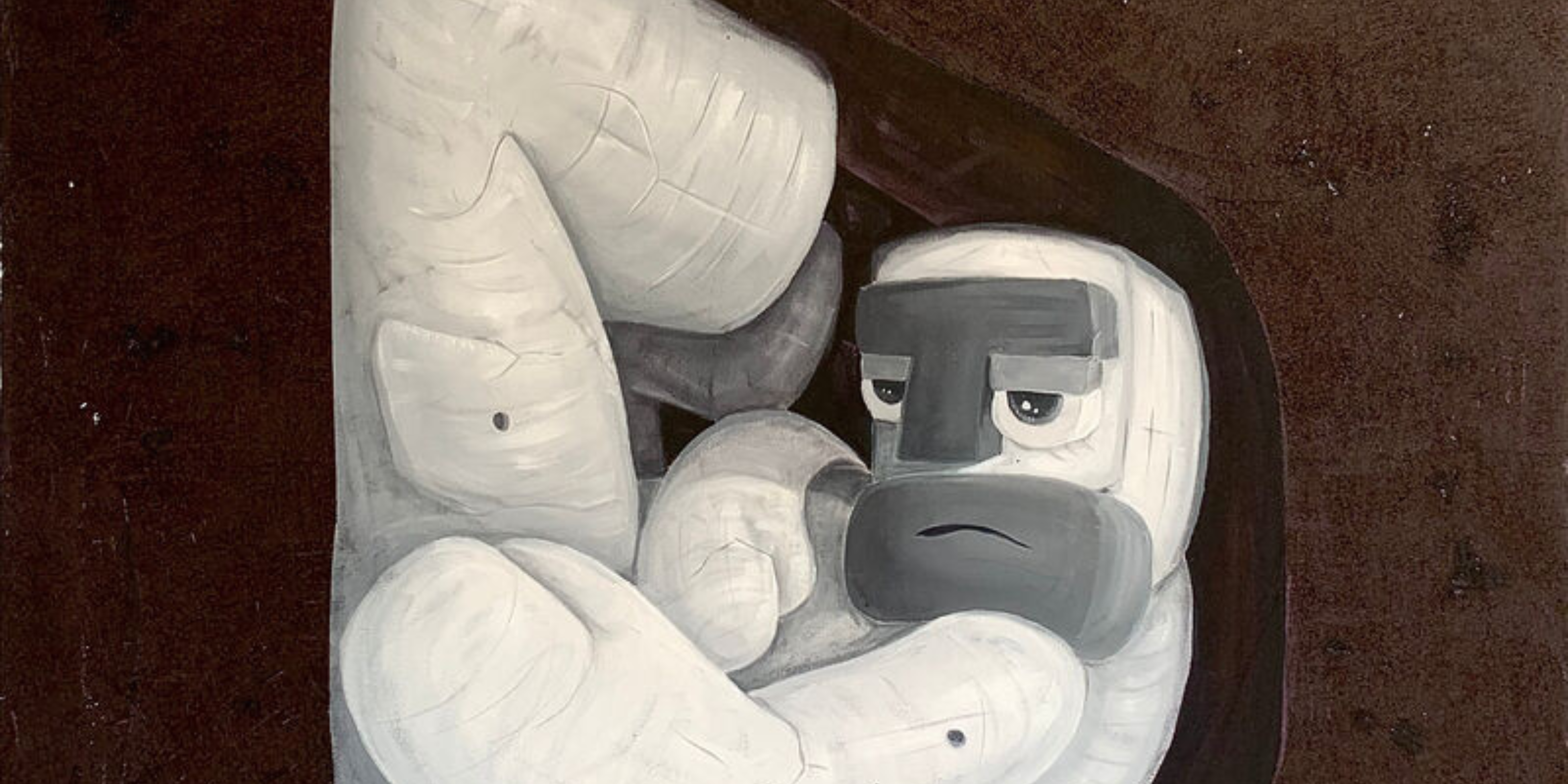
DISCOVER YUSUFF AINA ABOGUNDE’S UNIQUE ARTWORKS
YUSUFF AINA ABOGUNDE
Yusuff Aina Abogunde's art is a testament to the transformative power of creative expression and its ability to transcend barriers.
0
This collection is empty
Continue shoppingMore information about the artist
Full catalogue, private viewing or questions about the artist
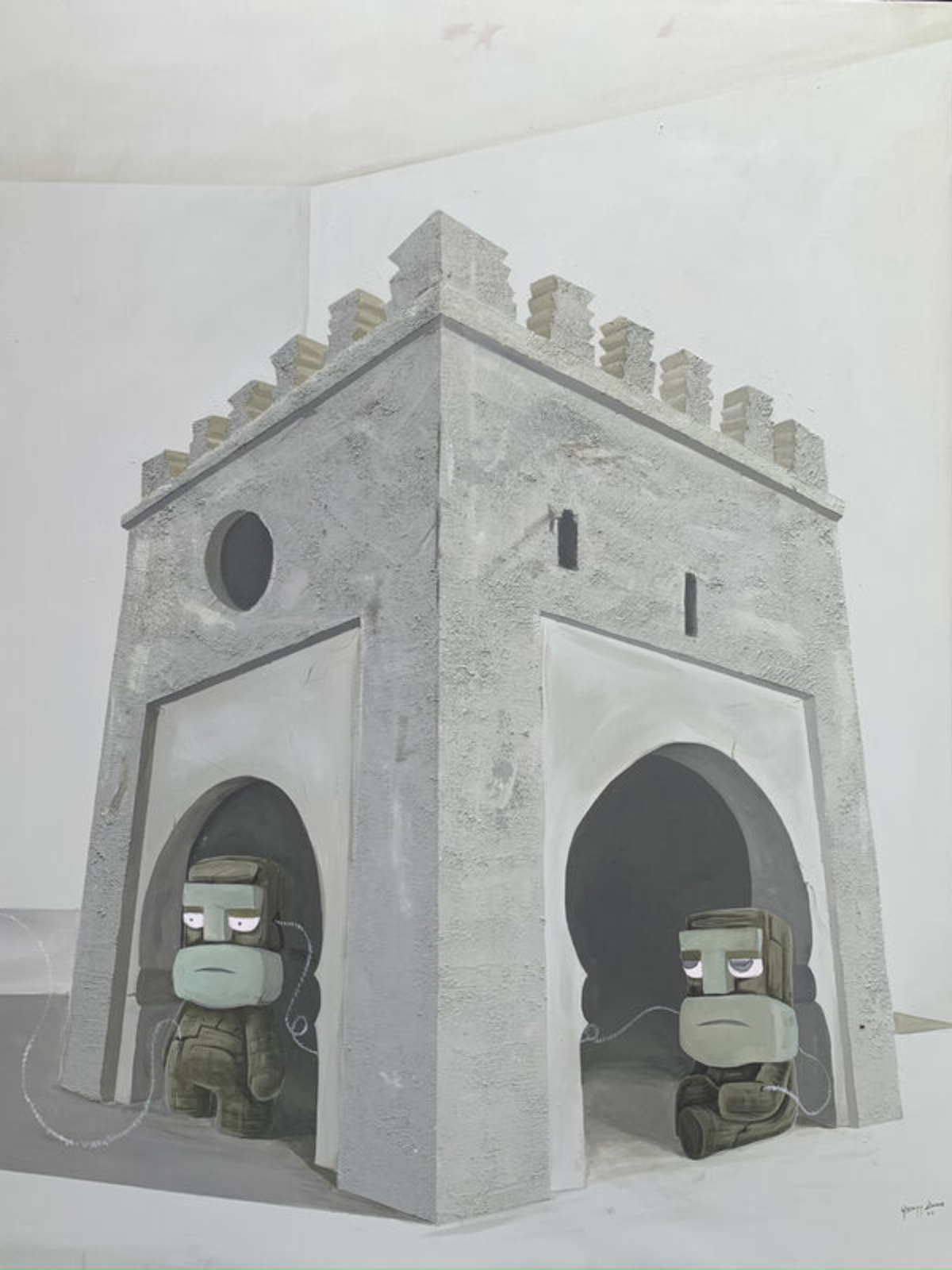
Exploring the Diverse Realm of Yusuff Aina Abogunde
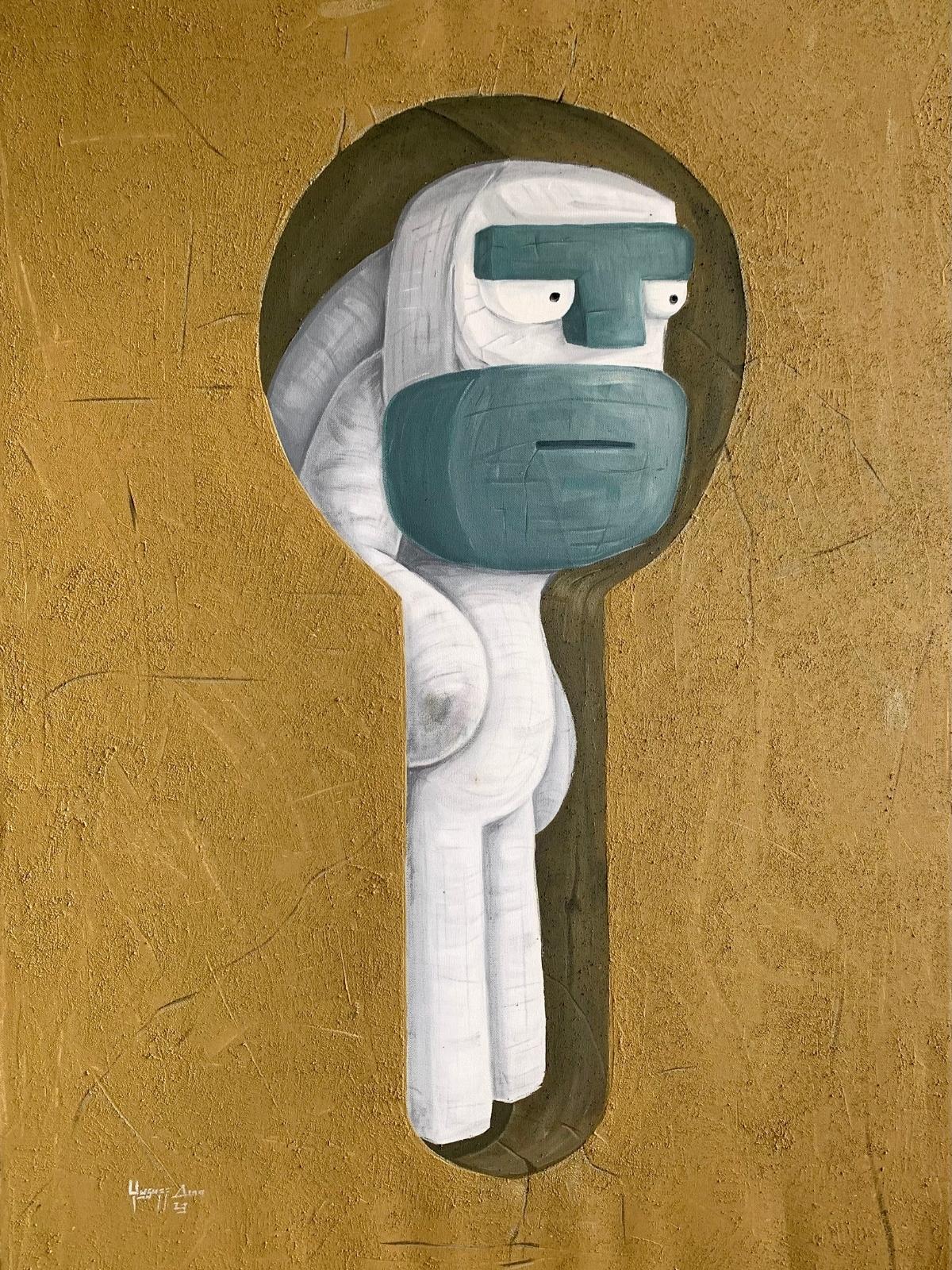
The Art's Philosophical Foundations: Struggles and Hope for Unity
Exploring the Diverse Realm of Yusuff Aina Abogunde
The Art's Philosophical Foundations: Struggles and Hope for Unity




